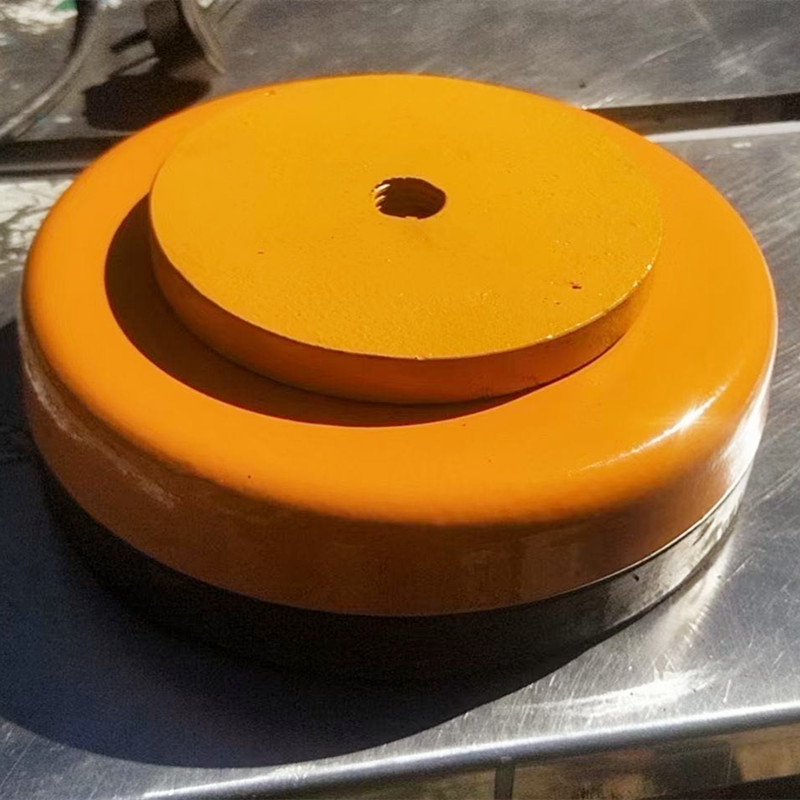Aug . 13, 2024 21:43 Back to list
Understanding the Function and Importance of Water Valves in Plumbing Systems and Water Management
Understanding Water Valves What They Are and How They Work
Water valves are essential components in plumbing systems that control the flow of water. They come in various types and designs, each serving a specific purpose depending on the application. In this article, we will explore what water valves are, their types, and their roles in residential and commercial plumbing systems.
What is a Water Valve?
A water valve is a mechanical device that regulates the flow of water through a pipe. It is designed to start, stop, or regulate the flow of water and can be operated manually or automatically. Valves come in several forms, including ball valves, gate valves, globe valves, and check valves, among others. Each type is engineered for particular functions, making it crucial to choose the right valve for the intended application.
Types of Water Valves
1. Ball Valves These valves are among the most common types used in residential plumbing. They feature a spherical disc (the ball) that rotates to open or close the flow of water. Ball valves are known for their durability and ability to provide a tight seal, making them ideal for shut-off applications.
2. Gate Valves Designed to start or stop the flow of water, gate valves operate by lifting a gate out of the path of the water. They are typically used in situations where a straight-line flow of water with minimum restriction is necessary. However, they are not suitable for throttling applications as they can cause water hammer due to sudden flow changes.
3. Globe Valves These valves are designed for regulating flow. With a spherical body shape, globe valves provide better throttling capabilities than gate valves. They can control the flow rate efficiently, making them suitable for systems that require precise adjustments.
what is water valve

4. Check Valves These are one-way valves that prevent backflow in plumbing systems. They allow water to flow in only one direction, ensuring that the system functions correctly without contamination or damage from reverse flow.
5. Pressure Relief Valves Commonly used in boiler systems, these valves automatically release pressure when it exceeds a pre-set limit. This feature helps to maintain safety by preventing explosions or system failures.
Importance of Water Valves
Water valves play a crucial role in both residential and commercial plumbing systems. They help to manage water usage, conserve resources, and ensure safety in plumbing networks. Properly functioning valves can prevent leaks and reduce water wastage, which is vital in today’s environmentally-conscious society. Additionally, having the ability to shut off water quickly in the case of a burst pipe or other emergencies can save property from significant damage.
Regular maintenance and inspection of water valves are essential to ensure their longevity and reliability. Homeowners should periodically check for signs of leaks or corrosion and replace any faulty valves to avoid more extensive plumbing issues.
Conclusion
In summary, water valves are integral to the efficient operation of plumbing systems. With various types available, it is essential to understand their functions and applications to select the right valve for specific needs. Whether for residential plumbing or industrial applications, water valves contribute to effective water management and safety, underscoring their importance in everyday life. By ensuring that these devices are maintained and functioning correctly, you can protect your plumbing system and promote sustainability through effective water usage.
-
Why Metric Trapezoidal Thread is Ideal for Precision Motion ControlNewsAug.05,2025
-
The Unique Properties of a Block of Granite for Industrial UseNewsAug.05,2025
-
The Role of Flanged Y Strainers in Preventing Pipeline ClogsNewsAug.05,2025
-
The Importance of Regular Calibration for Master Ring GagesNewsAug.05,2025
-
How a Cast Iron Surface Table Enhances Accuracy in ManufacturingNewsAug.05,2025
-
Comparing Different Check Valve Types for Optimal Flow ControlNewsAug.05,2025
Related PRODUCTS









